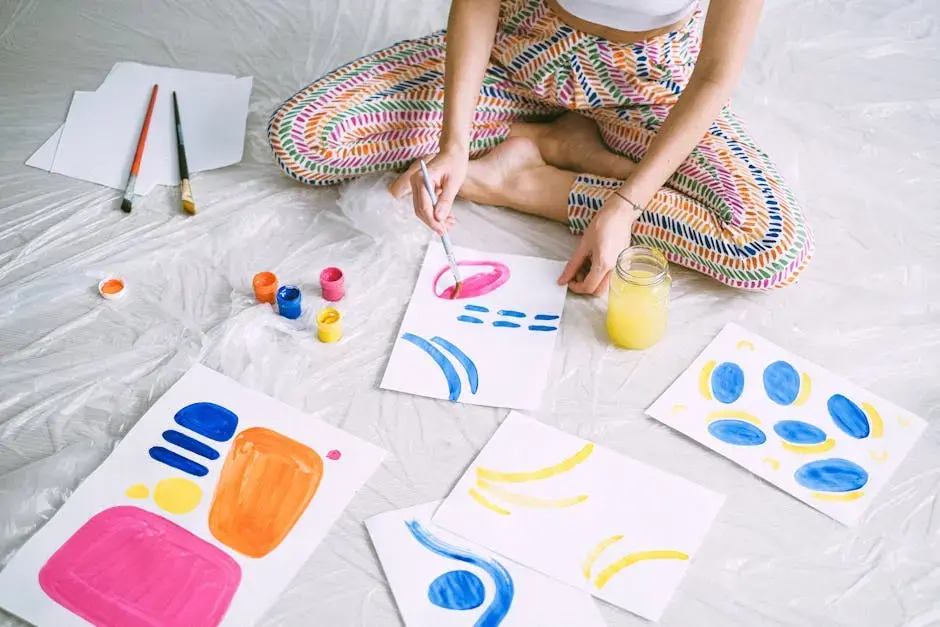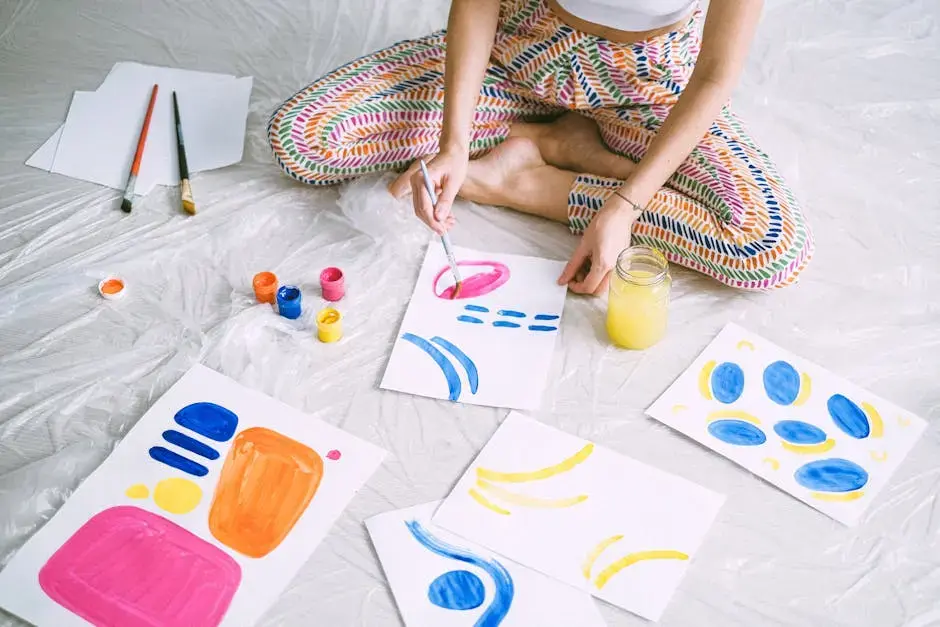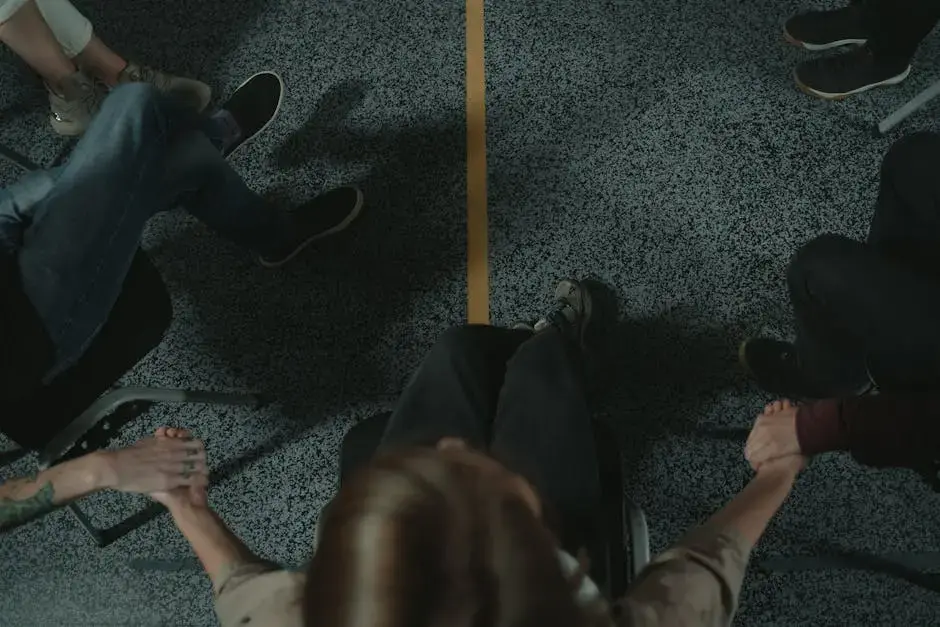Understanding the Healing Process with an Art Therapist
- Karrie Stafford

- Jun 6
- 3 min read
Art therapy is a unique and powerful way to explore the healing process. By tapping into creativity, individuals can access deeper emotions, overcome trauma, and promote personal growth. In this blog, we'll delve into what art therapy involves, how it works, and the transformative experiences shared by those who have benefited from working with an art therapist.

What is Art Therapy?
Art therapy combines artistic expression with psychological theory to help clients explore their feelings and experiences. It's a therapeutic practice that utilizes various art forms to facilitate healing and personal growth.
By merging creativity with psychological insights, art therapy allows individuals to communicate complex emotions that may be difficult to articulate verbally. The canvas becomes a safe space where thoughts and feelings can be translated into something tangible, making the invisible visible.
Furthermore, art therapy transcends age barriers, appealing to everyone from children to seniors. Whether you're a seasoned artist or someone who feels they lack creativity, this therapeutic approach welcomes all levels of artistic skill. The focus isn't on producing 'perfect' art; rather, the emphasis lies in the process of creation itself.
How Does Art Therapy Work?
Art therapy provides a safe space for individuals to express themselves, often without the constraints of language. Through guided activities, art therapists help clients navigate their emotions and establish connections between their artwork and personal experiences.
Typically, a session begins with a discussion that allows clients to share their thoughts and feelings. Once a theme or emotion has been identified, the therapist suggests various art materials—paints, clay, or collage materials—that can help embody those feelings. This creative process encourages introspection and connection to one's inner self.
As clients engage with the art, they can discover things about themselves they might not have realized before. This self-discovery fosters a deeper understanding of their experiences and emotions, providing not just relief but often a significant breakthrough in personal healing.
The Benefits of Working with an Art Therapist
Working with an art therapist can provide numerous benefits, such as increased self-awareness, improved emotional regulation, and enhanced coping skills. Clients often find that engaging in the creative process helps them process complex emotions more effectively.
Moreover, art therapy can act as a catalyst for personal transformation. Many clients report feeling liberated as they create, freeing them from the restrictive thoughts that often accompany difficult emotions. The act of creating art can reduce feelings of anxiety and enhance overall well-being.
This therapeutic journey is not just about emotional relief; it can also improve communication skills. By expressing feelings visually, clients learn to articulate their thoughts better, making it easier to discuss their needs and concerns with others outside the therapy setting.
Real-Life Success Stories
Many individuals have experienced profound changes through art therapy. We'll share some inspiring stories from people who found healing and growth in their lives after working with art therapists.
For instance, one young woman named Emily discovered art therapy during a particularly tumultuous time in her life. Struggling with anxiety and depression, she found words often failed her. However, as she began to paint her feelings, vibrant colors expressed her struggles much better than words could. Her therapist guided her through themes of uncertainty, and by the end of her sessions, Emily found clarity and strength she never knew she possessed.
Similarly, a veteran who faced trauma from his past found solace in sculpting. As he molded figures, he gradually came to terms with his experiences, utilizing art as a dialogue in his healing process. Each piece reflected a chapter of his life, facilitating a cathartic release that ultimately led him to emotional freedom.
How to Find an Art Therapist
If you’re interested in exploring art therapy, finding the right art therapist is essential. We'll discuss tips on how to choose a qualified professional and what to expect during your first session.
Start your search by looking for licensed art therapists in your area. Many therapists have websites where they describe their backgrounds and therapeutic approaches. It’s beneficial to find someone whose style resonates with you.
Additionally, don't hesitate to inquire about their experience and training in art therapy specifically. The first session typically includes a discussion to establish rapport—this is your time to share what you're hoping to achieve through therapy. Ensure you feel comfortable and supported; this connection is vital for the therapeutic process.
Embracing the Healing Power of Art Therapy
In summary, art therapy serves as a bridge to uncovering emotions and fostering healing through creativity. Whether you're facing challenges or simply looking to grow, an art therapist can provide the guidance and support needed on your journey. Embrace your creativity and consider how this transformative practice might enrich your life.




Comments